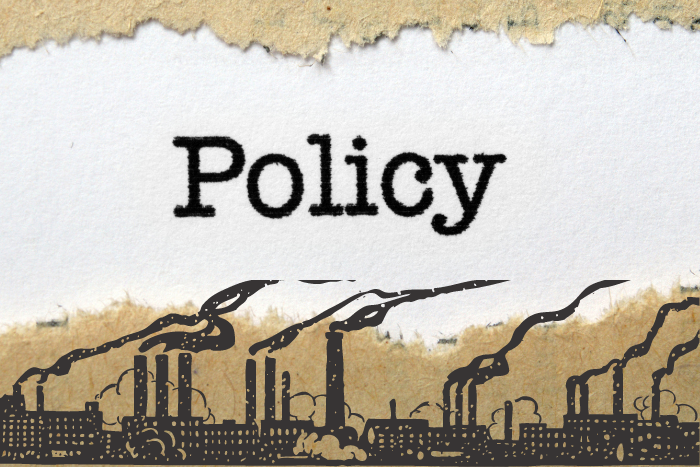Emission reduction policies are more effective when implemented as a component of a policy mix than a standalone policy and countries with different income levels require different climate policies, the study finds
In order to identify policy combinations that have led to large emission reductions, a new study used AI to analyse 1,500 climate policies implemented between 1998 and 2022 across 41 countries from six continents. However, only 63 successful policy interventions were identified with total emission reductions between 0.6 billion and 1.8 billion metric tonnes CO2.
In order to find significant emission reductions in four high-emitting sectors—buildings, power, industry, and transportation—the researchers combined machine learning with a statistical analytical technique. The policies and their combinations that produced the largest reductions in emissions were determined by comparing the outcomes with the policies in the database.
Which ones made the cut?
The study found that climate policies tend to work best if they’re part of a policy mix rather than implemented alone. For example, in the electricity sector, all policy mixes that were associated with large emission reductions have carbon pricing elements coupled with them. In the building sector, the mean effect of all large emission-breaks associated with ban and phase-out policies stood at -32% if implemented as part of a policy mix. The figure dropped to −13% if ban and phase-out policies were stand-alone policies.
By contrast, the study added, taxation is an exception in effectively causing large emission breaks alone. It stands out as the only policy instrument that achieves near equal or larger effect size as a stand-alone policy across all sectors.
The researchers looked into rarely studied policy combinations, highlighting the important role of price-based instruments in well-designed policy mixes and the policy efforts necessary for closing the emissions gap.
Second, the study found that successful policy mixes vary across sectors. “Policy-makers should focus on sector-specific best practices when designing climate policy rather than following a one-size-fits-all approach,” the study said.
Third, the study specified that high- and low-income countries have different climate policy needs. “Our results stress that effective policies vary with economic development. Our approach identifies country-specific policy interventions that have led to large emission reductions,” the paper added.

Combinations of policy instruments that are complementary vary across sectors and country groups. For instance, in developed economies, carbon pricing stands out individually, with 20% out of all successful detected interventions being associated with carbon pricing individually. Yet subsidies are the most complementary instrument, especially in combination with carbon pricing. On the other hand, in developing economies, regulation is the most powerful policy. It is highly effective as an individual policy (33%), but also in combination with the duo of subsidies and pricing (33%) and information (33%).
The study estimated that by scaling up good-practice policies identified in this study to each sector worldwide can close the emissions gap by 26%, or by 41% for the highest effects.
About The Author
You may also like
Air Pollution is Changing the Lightning Patterns in India, Study Finds
Temporary CO2 Removal Will Help Offset Methane Emissions: Report
Rise in Fossil Fuel Burning is Making Floods Lethal in Asia
Heatwaves Drove 9% of India’s Power Demand in the Summer of 2024
World Off-Track on Climate Goals as Temperatures are Predicted to Rise: Report

